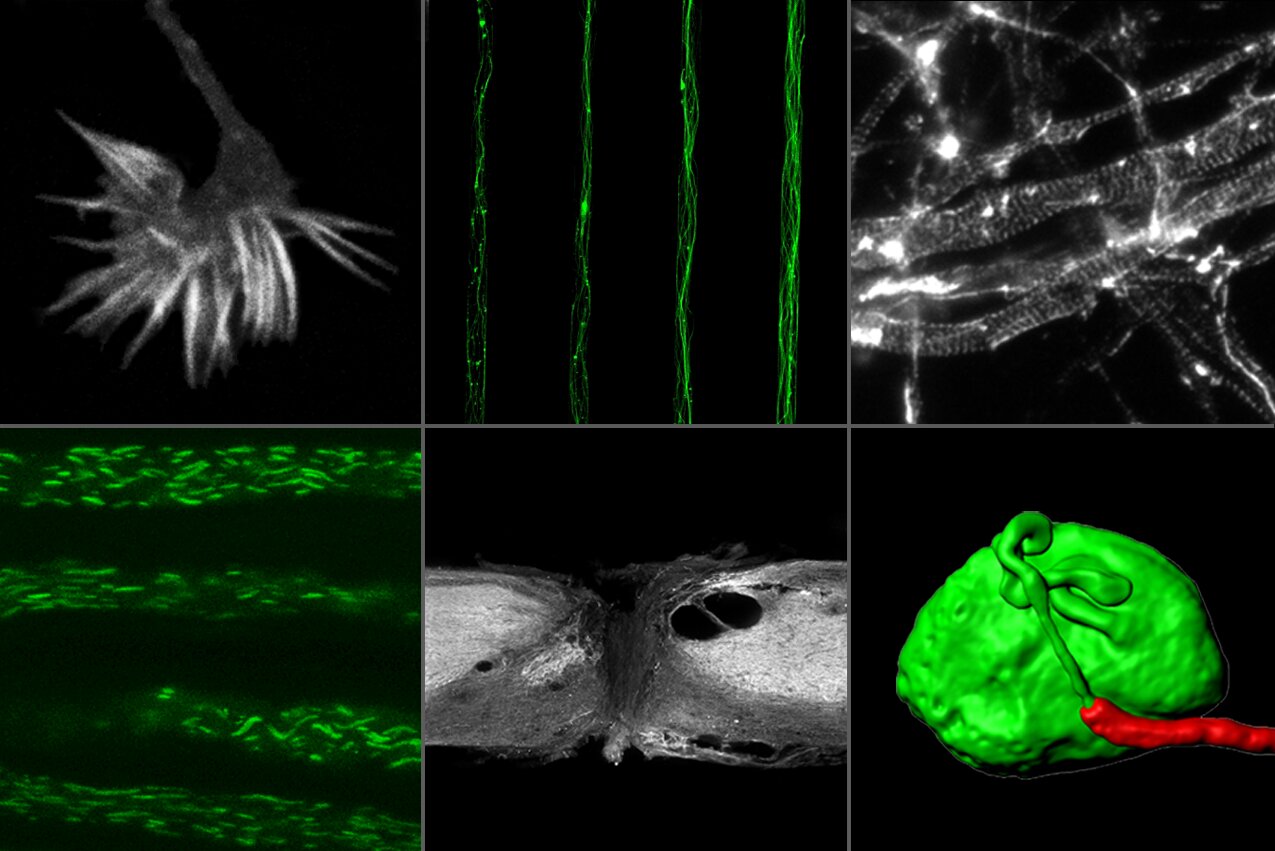Nerve Regeneration
ABOUT
The Nerve Regeneration group aims to explore the pathways that regulate axon growth during development and facilitate axon regeneration after injury, with a particular emphasis on the axonal cytoskeleton. Additionally, we recently identified the spiny mouse as the first known mammal capable of spontaneous spinal cord regeneration and are currently investigating the underlying mechanisms behind this remarkable ability.
RESEARCH
Neurons are among the most strikingly polarized eukaryotic cells, relying on cytoskeletal dynamics to shape their unique structure and function. Understanding the basic neuronal cell biology is essential for uncovering mechanisms underlying neurodegeneration and developing strategies to enhance axon regeneration. In this context, our group focuses on the following key research areas:
- Understanding the formation and function of the axonal membrane periodic skeleton;and
- Unraveling how sensory neuron axons establish central-peripheral polarity.
In adult mammals, central nervous system injuries typically result in scar tissue formation, preventing regeneration. However, our group has shown that the spiny mouse is capable of spontaneous spinal cord repair after transection. We now aim to uncover the mechanisms that enable this unique regenerative ability.
Our research integrates in vitro neuronal cell culture systems with in vivo rodent models, including spinal cord injury and rare neurodegenerative disorder models, and combines genetic strategies, cell biology, advanced microscopy and transcriptomics.

Team
Selected Publications
Axon-specific microtubule regulation drives asymmetric regeneration of sensory neuron axons. eLife13:, 2025. [Journal: Article] [IF: 6.4 (*)]
DOI: 10.7554/eLife.104069 SCOPUS: 85219648556
Sousa S.C., Aroso M., Bessa R., Veríssimo E., Silva T., Lopes C.D.F., Brites P., Vieira J., Vieira C.P., Aguiar P.C., Sousa M.M.
Stretch triggers microtubule stabilization and MARCKS-dependent membrane incorporation in the shaft of embryonic axons. Current Biology34(19):4577-4588.e8, 2024. [Journal: Article] [CI: 1] [IF: 7.5]
DOI: 10.1016/j.cub.2024.08.018 SCOPUS: 85206018898
Brites P., Sousa M.M.
Neurons contribute to pathology in a mouse model of Krabbe disease in a cellautonomous manner. PLoS Biology20(7):, 2022. [Journal: Article] [CI: 2] [IF: 9,8]
DOI: 10.1371/journal.pbio.3001706 SCOPUS: 85134360903
Nascimento A.I., Da Silva T.F., Fernandes E.C., Luz L.L., Mar F.M., Safronov B.V., Sousa M.M.
Sensory neurons have an axon initial segment that initiates spontaneous activity in neuropathic pain. Brain145(5):1632-1640, 2022. [Journal: Article] [CI: 16] [IF: 14,5]
DOI: 10.1093/brain/awac078 SCOPUS: 85131702538
Nogueira-Rodrigues J., Leite S.C., Pinto-Costa R., Sousa S.C., Luz L.L., Sintra M.A., Oliveira R., Monteiro A.C., Pinheiro G.G., Vitorino M., Silva J.A., Simão S., Fernandes V.E., Provazník J., Benes V., Cruz C.D., Safronov B.V., Magalhães A., Reis C.A., Vieira J., Vieira C.P., Tiscórnia G., Araújo I.M., Sousa M.M.
Rewired glycosylation activity promotes scarless regeneration and functional recovery in spiny mice after complete spinal cord transection. Developmental Cell57(4):440-450.e7, 2022. [Journal: Article] [CI: 43] [IF: 11,8]
DOI: 10.1016/j.devcel.2021.12.008 SCOPUS: 85123830565
Pinto-Costa R., Sousa S.C., Leite S.C., Nogueira-Rodrigues J., da Silva T.F., Machado D., Marques J., Costa A.C., Liz M.A., Bartolini F., Brites P., Costell M., Fässler R., Sousa M.M.
Profilin 1 delivery tunes cytoskeletal dynamics toward CNS axon regeneration. Journal of Clinical Investigation130(4):2024-2040, 2020. [Journal: Article] [CI: 37] [IF: 14,8]
DOI: 10.1172/JCI125771 SCOPUS: 85082814702
Costa A.R., Sousa S.C., Pinto-Costa R., Mateus J.C., Lopes C.D.F., Costa A.C., Rosa D., Machado D., Pajuelo L., Wang X., Zhou F.Q., Pereira A.J., Sampaio P., Rubinstein B.Y., Pinto I.M., Lampe M., Aguiar P., Sousa M.M.
The membrane periodic skeleton is an actomyosin network that regulates axonal diameter and conduction. eLife9:, 2020. [Journal: Article] [CI: 57] [IF: 8,1]
DOI: 10.7554/eLife.55471 SCOPUS: 85082635132

